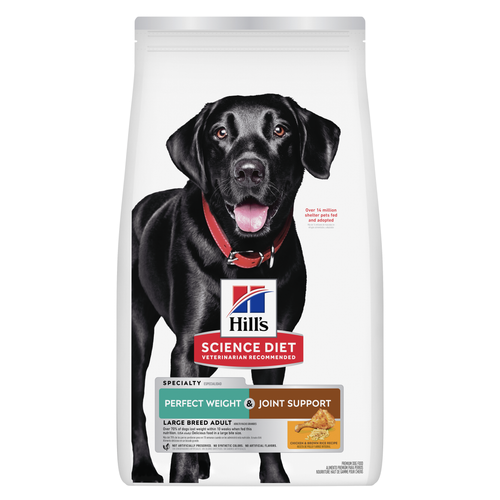True to its origins as a hunter bred to think on its feet, the Afghan hound is strong-willed and independent, aloof and self-confident. A study in contradictions, the Afghan hound has been described as fiercely brave but possibly timid, flighty but sometimes quiet and lazy, dignified but clownish. The Afghan persona ranges from loving to downright standoffish, and these dogs can be quite wary of strangers. If not properly socialized, the Afghan is prone to developing a feral disposition.
The Afghan hound is a "high maintenance" dog for a number of reasons. Though highly intelligent, Afghans can be difficult to train because they are stubborn. They are highly sensitive to harsh correction, which often elicits a refusal to obey. They respond best to gentle guidance and firm discipline. Regular grooming is key to maintaining the Afghan's coat. Afghans require weekly baths and brushing to remove dead hair and to prevent the tangling and matting to which they are prone. Adult Afghans shed in the spring and fall, and after illnesses; unspayed bitches shed their coats after every season.
Though they can make fine apartment dogs and true "couch potatoes," Afghans require plenty of exercise to ward off boredom and destructive behaviors such as chewing. At minimum, Afghans should be walked a mile or two daily, and a fenced-in yard for running is essential. The breed is notorious for ignoring pleas to come and death by car is an all too common tragedy. Afghans should never be allowed to roam unsupervised, as their predatory drive can render them a threat to neighborhood pets. With proper training and vigilance on the part of the owner, Afghans can be compatible with both children and other pets.
Afghans are extremely thin under their thick coats, and they eat far less than their size might suggest. A high quality dog food, possibly supplemented with vegetable oil, can help keep the skin and coat healthy. Ear stockings (called snoods) may be used to prevent soiling of the long ears when the Afghan eats.
An ancient member of the sighthound family, the Afghan hound was first bred thousands of years ago by nomadic peoples of Afghanistan, Pakistan, and northern India. Much of the breed's history has been lost as warlike factions led by leaders like Genghis Khan and Alexander the Great overran the region. The breed was developed and has been shaped by the need to course game across mountainous terrain.
An extremely skilled hunter, the Afghan was used to bring down both large and small game, including antelopes and perhaps even leopards. Although many present day experts doubt that leopards were the Afghan's traditional prey, eyewitness accounts tell of lone Afghans killing leopards by seizing them by the neck and severing the leopards' spines in their jaws.
Afghans made their first pilgrimage out of the Middle East with British soldiers, who brought them back to England in the 19th century. The Afghan hound was recognized by the American Kennel Club in 1926. It became known for its glamour and reached its greatest popularity in the 1970s. Afghans are now kept as house pets and show dogs rather than hunters, although some adventurous owners take them lure-coursing to simulate a hunt. Their flowing tresses and noble attitude render Afghans perennial winners in the show ring.





















